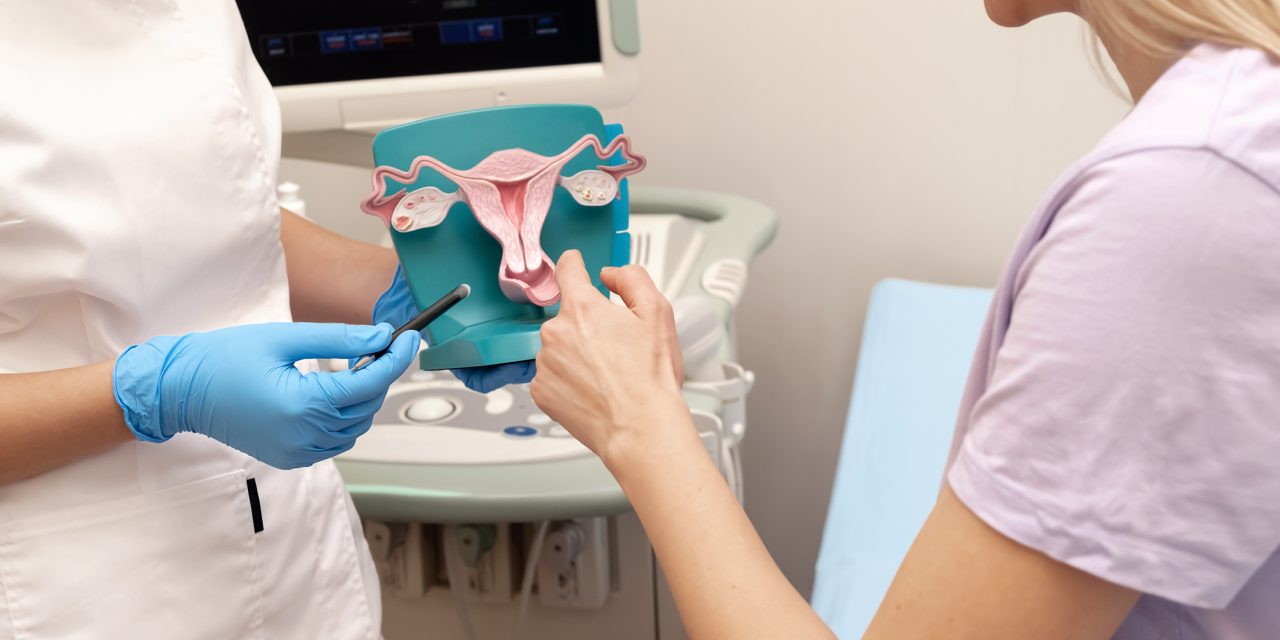The purpose of this study was to assess the prevalence of postural changes in women who had urinary incontinence (UI) with myofascial dysfunction (MD) and women who had UI without MD in the pelvic floor muscles (PFM).
A cross-sectional study was performed with 234 women who had UI and were 18 years old or older at the urogynecology outpatient clinic of a tertiary academic hospital. The International Consultation on Incontinence Questionnaire-Short Form and the International Consultation on Incontinence Questionnaire-Overactive Bladder were used to collect urinary data. Standing postural assessment was performed using photogrammetry in anterior, posterior, and right and left lateral views and was analyzed with Postural Assessment Software. MD was defined as pain of any intensity during palpation of the PFM, and the strength of these muscles was evaluated using the Modified Oxford Scale.
The prevalence of MD in women with UI was 51.7% (121/234). Women with MD had significantly smaller angles in the horizontal alignment of the pelvis in the right-side view (-11.9 degrees [SD = 6.9 degrees] and - 9.6 degrees [SD = 7.1 degrees]), left-side view (-13.6 degrees [SD = 6 degrees] and - 11.5 degrees [SD = 6.6 degrees]), and vertical alignment of the body in the left-side view (3 degrees [SD = 1.5 degrees] and 3.4 degrees [SD = 1.5 degrees]), showing anterior pelvic tilt and posterior displacement of the body.
Women with UI and MD had greater anterior pelvic tilt and posterior displacement of the body than women without dysfunction.
This study informs physical therapists and other health care professionals about the prevalence of MD in the pelvic floor muscles of women with UI and highlights the need to rule out MD, as it appears to be a concomitant impairment in women who self-report UI. During a postural screen, health care professionals should look for anterior pelvic tilt relative to horizon when evaluating posture in women with UI and MD. The findings of postural changes in women with MD and UI may influence the PFM assessment.
Women with involuntary urinary loss, pain, and stiffness in the pelvic area may show changes in posture associated with this condition.
© The Author(s) 2021. Published by Oxford University Press on behalf of the American Physical Therapy Association. All rights reserved. For permissions, please email: journals.permissions@oup.com.
Is there a Difference in Whole Body Standing Posture in Women with Urinary Incontinence Based on the Presence of Myofascial Dysfunction in the Pelvic Floor Muscles?


